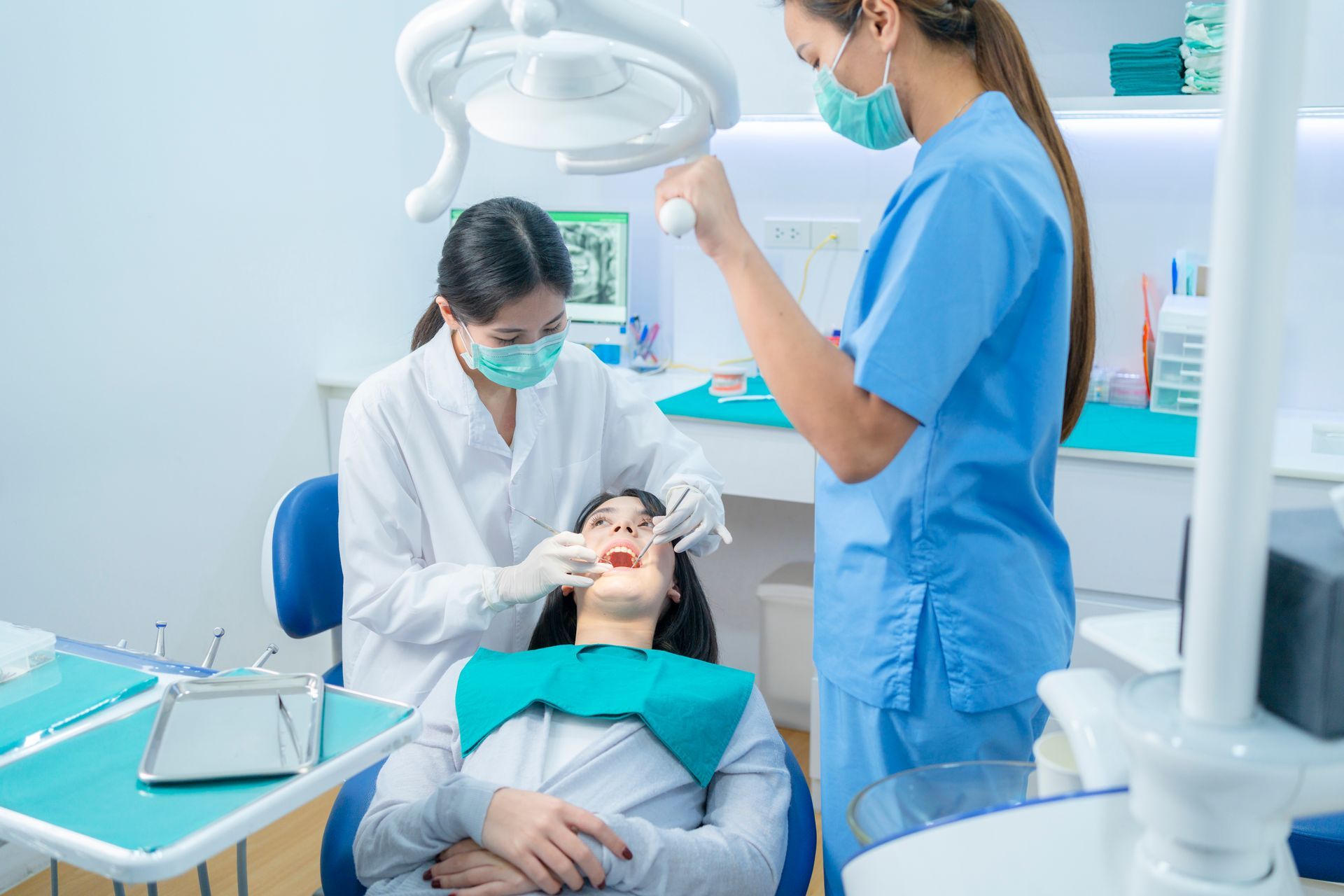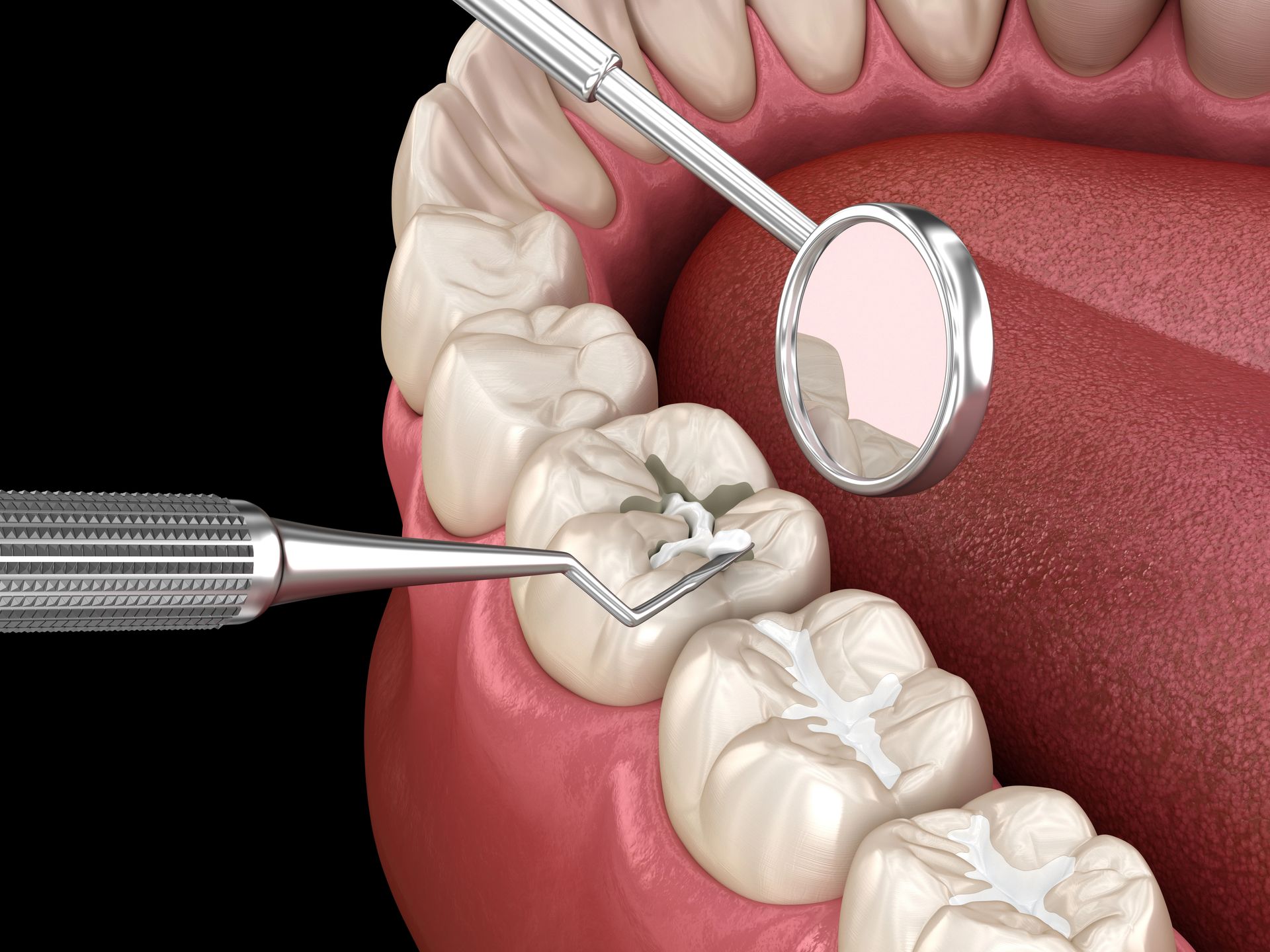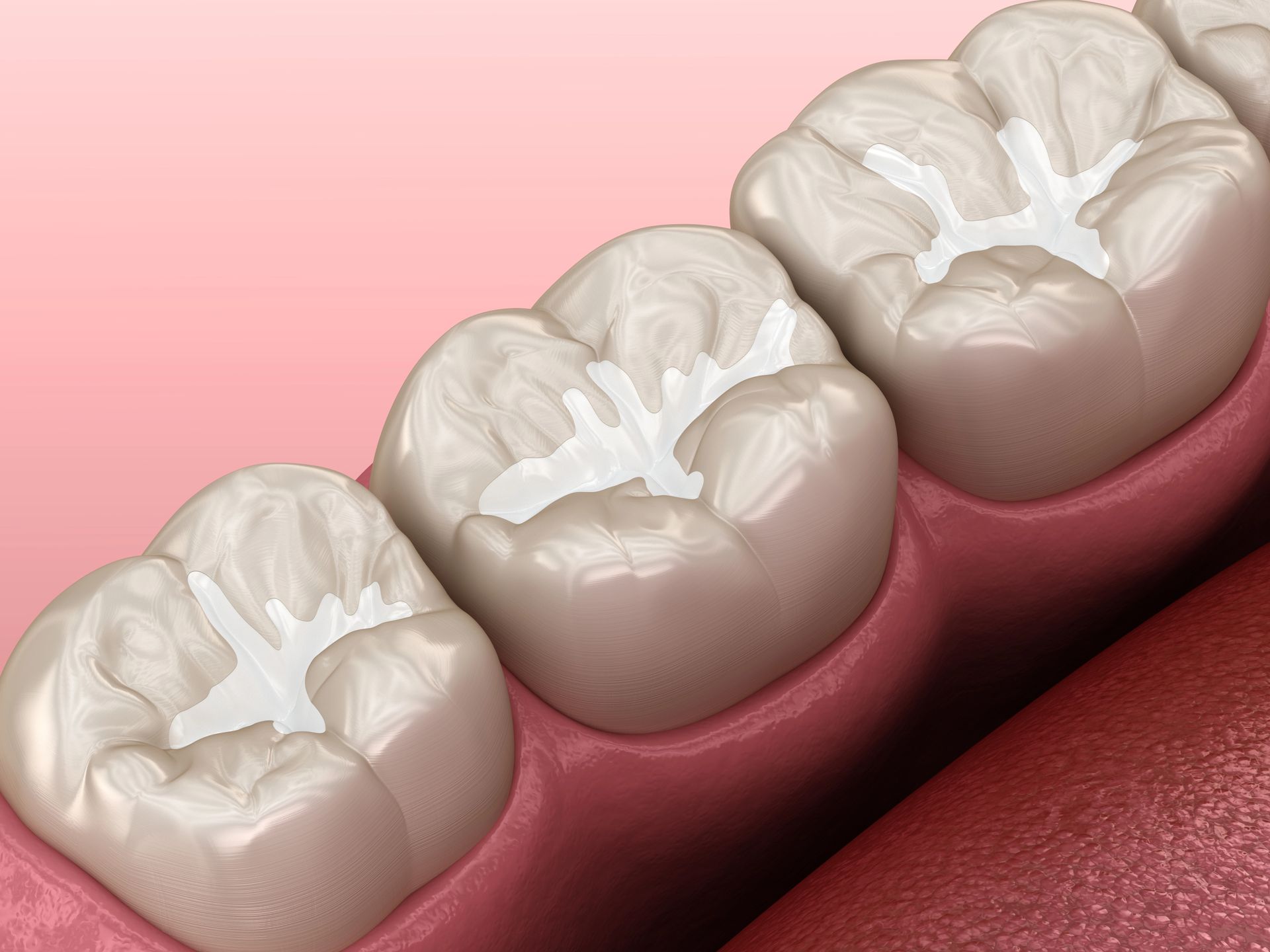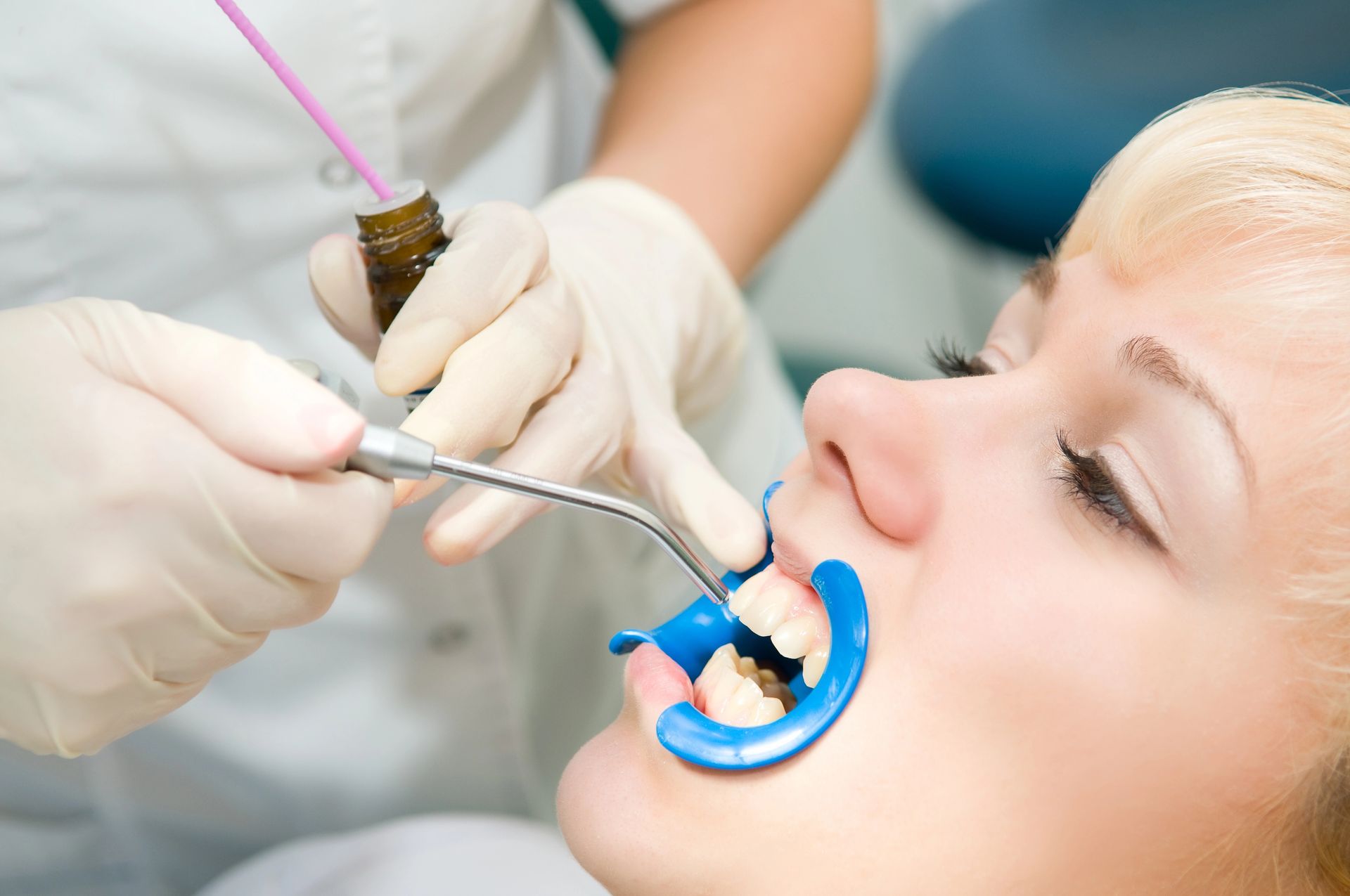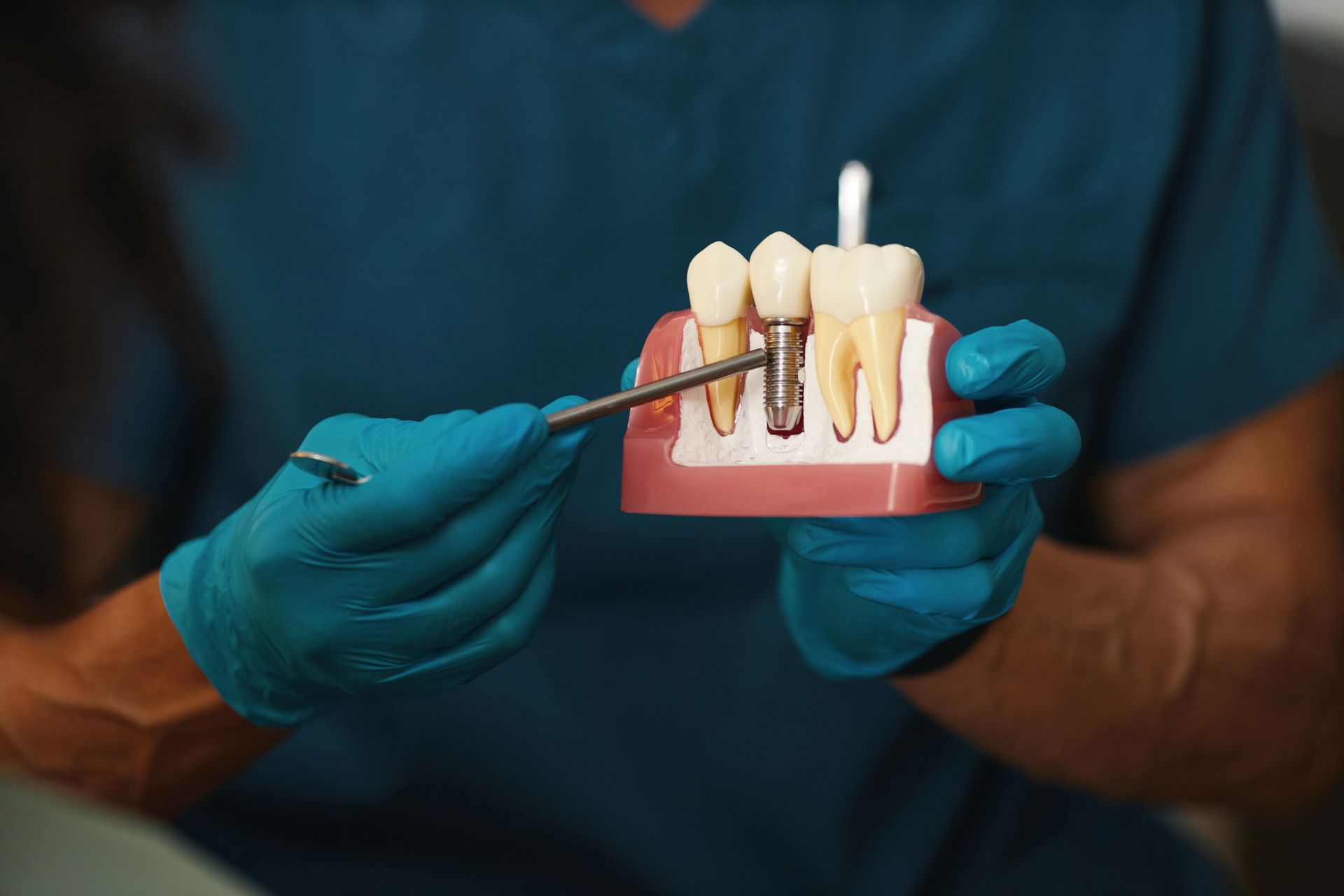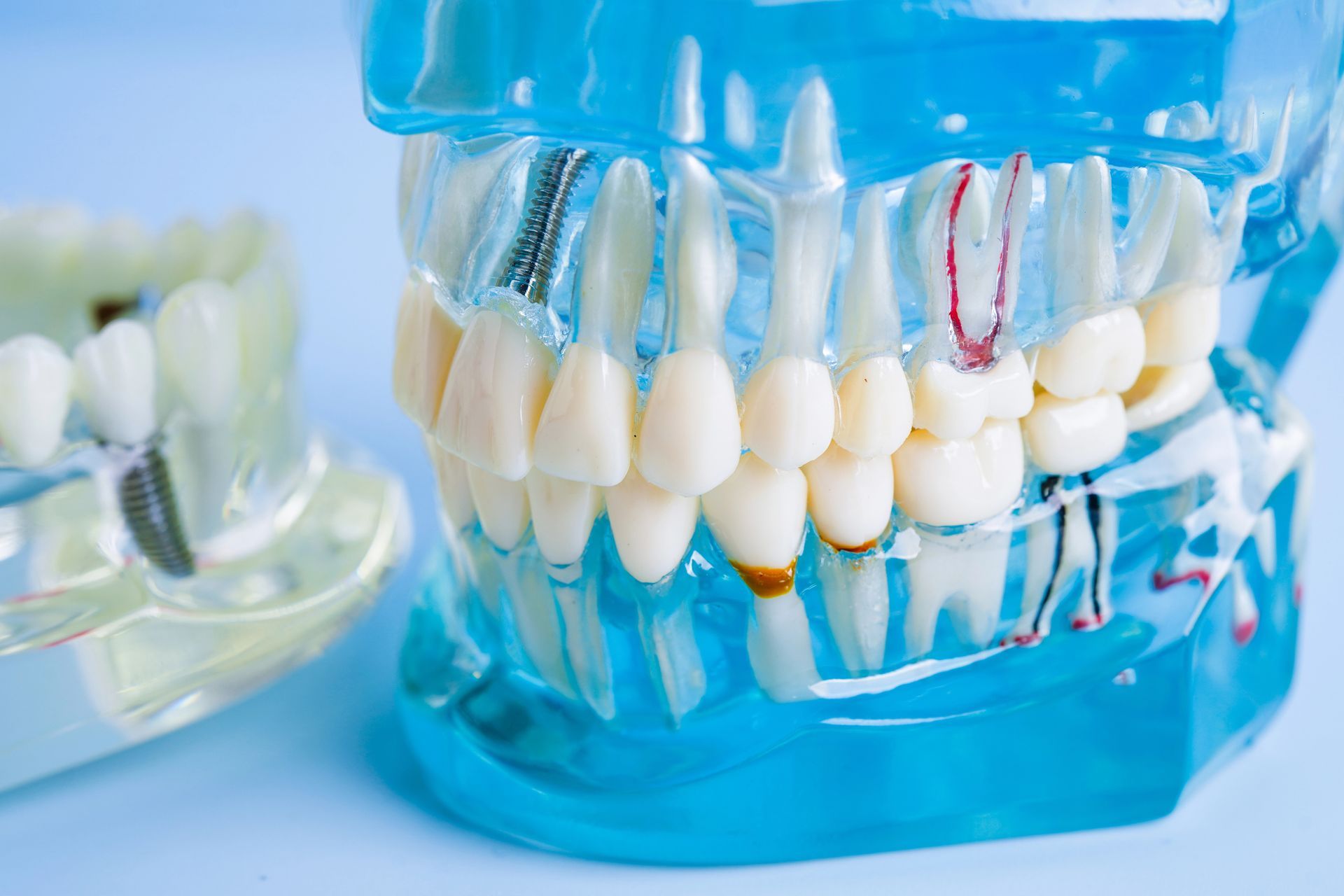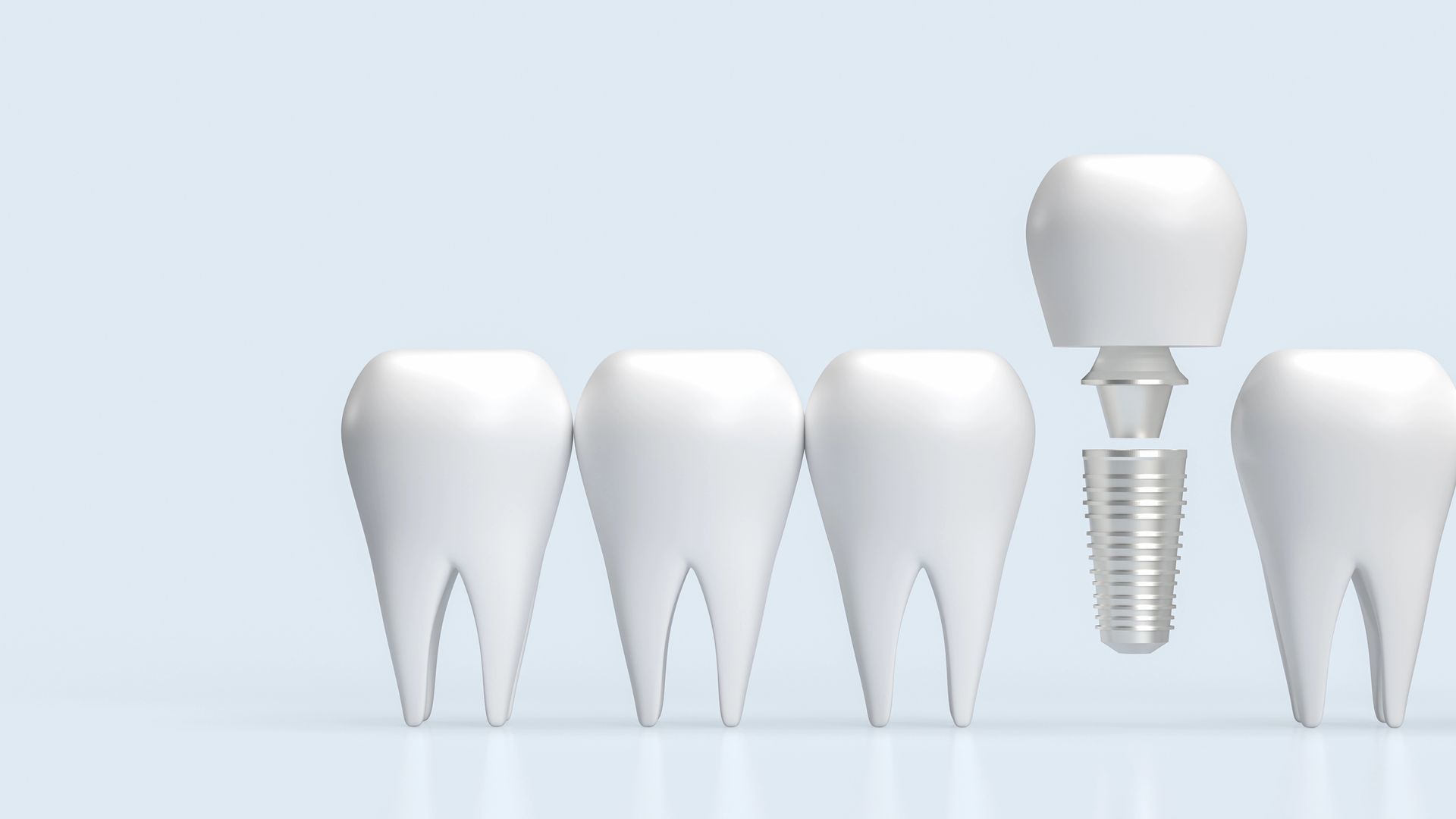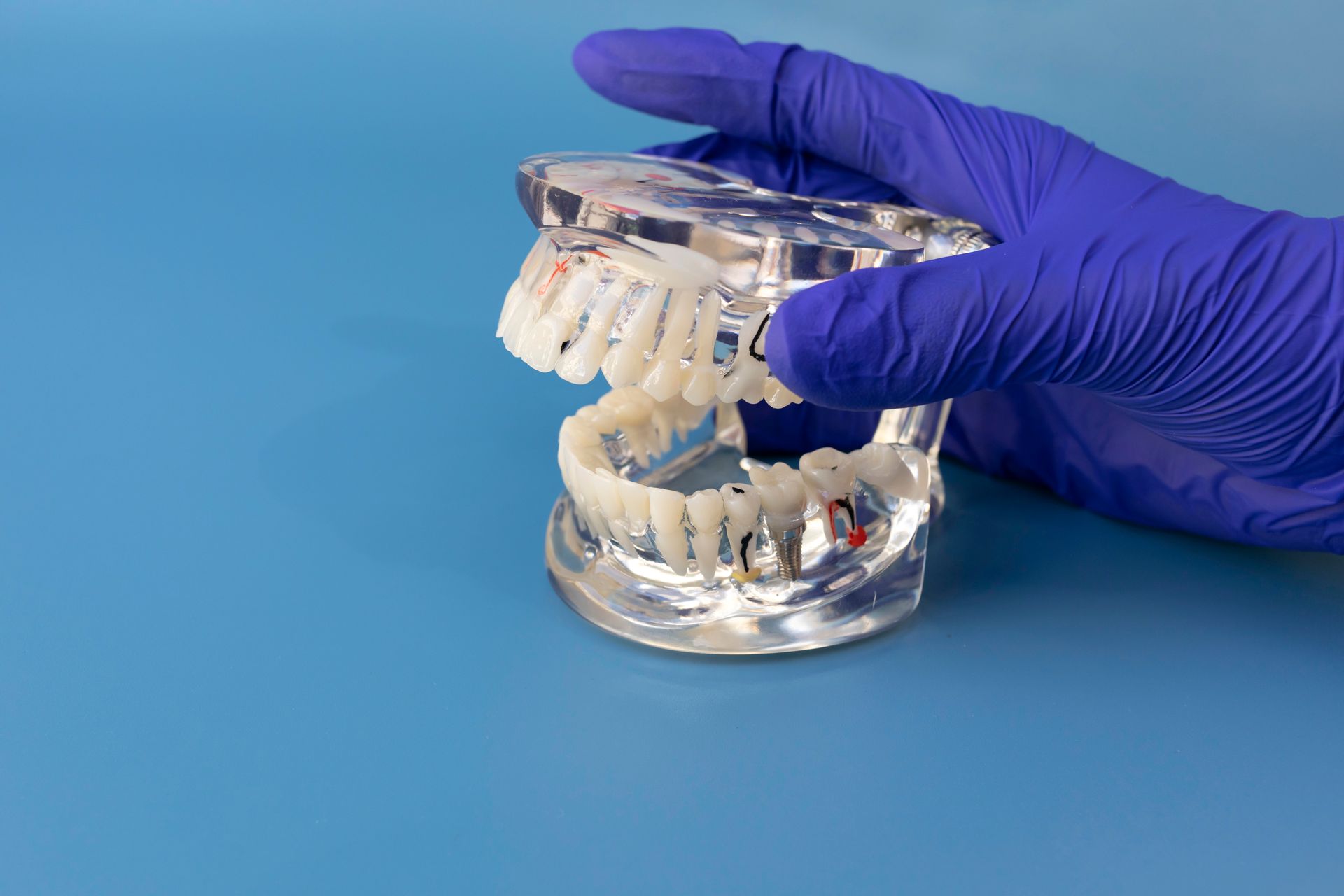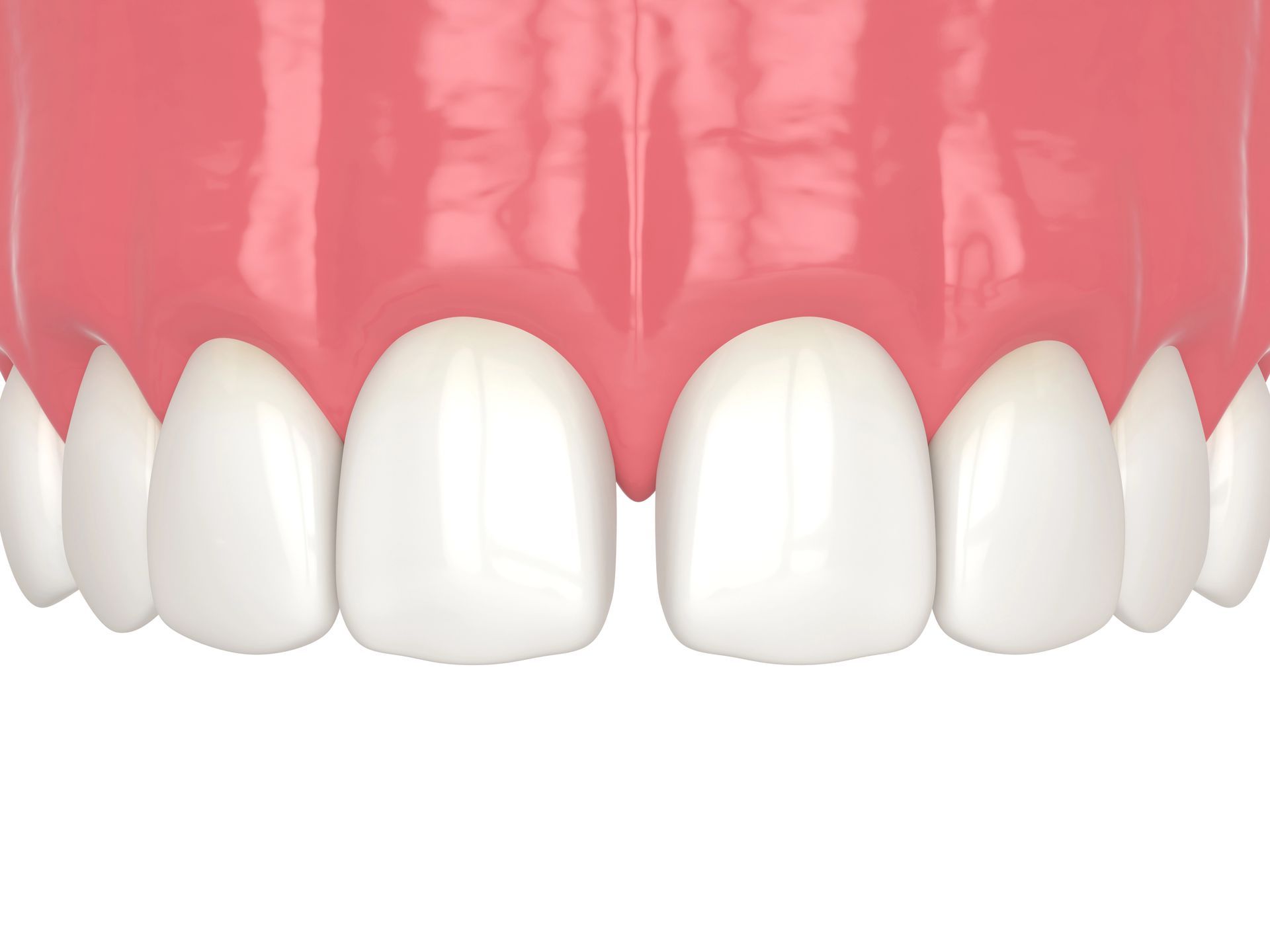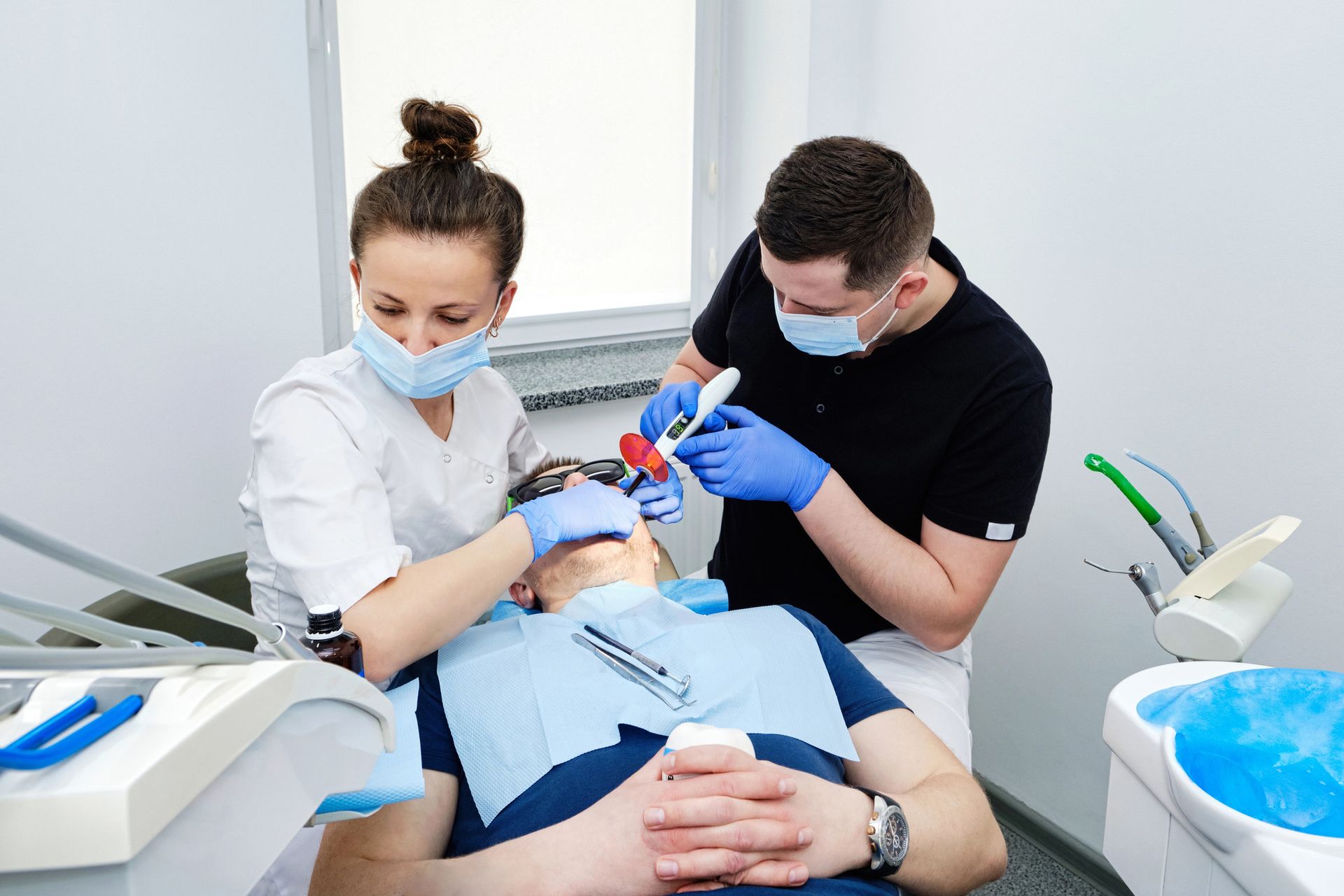Are you wondering about teeth whitening sessions: how many for a brilliant smile? The number of sessions required can vary widely depending on individual factors such as the original shade of the teeth and desired results. Generally, a series of sessions are typically necessary to achieve a noticeably brighter smile.
Factors Influencing Teeth Whitening Frequency
When considering how many teeth whitening sessions you might need to achieve a dazzling smile, several key factors come into play. Firstly, the initial shade of your teeth sets the baseline; naturally darker or more stained teeth may require more sessions. Additionally, the type of staining—whether from coffee, tea, smoking, or antibiotics—can affect the whitening process. Personal habits, such as smoking or regularly drinking staining beverages, will also influence the number of treatments needed to maintain your results over time. Another crucial factor is the whitening method chosen. Professional in-office teeth whitening sessions are generally more potent and yield quicker results compared to at-home kits. Your oral health status and the strength of your enamel will also dictate how frequently you can safely undergo whitening treatments without causing damage. For those curious about achieving an optimal smile, consider reading more about effective whitening strategies in our detailed guide, Perfectly White Teeth: Can You Achieve It with Whitening?.
Understanding Professional Teeth Whitening Processes
When considering teeth whitening sessions, it's essential to understand the professional teeth whitening processes typically offered at dental clinics. These procedures involve the use of specialized bleaching agents that are applied to the surface of the teeth. This treatment aims to lighten discoloration and stains from the enamel, the outermost layer of the teeth. The process is generally safe and is conducted by trained dental professionals who ensure that the health of your gums and teeth is maintained throughout the session. The duration and number of teeth whitening sessions can vary depending on individual needs and the specific type of staining involved. Each session is carefully monitored to achieve optimal results while ensuring patient comfort. For more detailed information on professional teeth whitening, consider consulting with Columbia Teeth Whitening Experts who can provide insights based on your unique dental profile.
Average Duration of Teeth Whitening Sessions
The average duration of teeth whitening sessions typically varies depending on several factors, including the techniques used and individual characteristics such as the initial color of the teeth and the desired level of whiteness. Generally, each session can last from about 30 minutes to an hour. It's important for individuals to consult with professionals to understand how these factors might influence the length and number of sessions required to achieve their specific aesthetic goals.
Impact of Initial Teeth Shade
The number of teeth whitening sessions required can vary significantly depending on the initial shade of your teeth. Generally, teeth that are more deeply stained or naturally darker may require more sessions to achieve a desired level of brightness compared to teeth that are already lighter in color. Understanding this can help set realistic expectations for the outcome of teeth whitening sessions. For more detailed information, consider consulting with a professional like those at Design Dentistry Columbia, your trusted Columbia Dentist.
Role of Dental Hygiene Practices
Maintaining good dental hygiene is a fundamental aspect to consider when engaging in teeth whitening sessions. Regular and effective care of one's teeth and gums can influence the overall outcome of these sessions. While the primary goal of teeth whitening sessions is to achieve a brighter smile, the underlying health and cleanliness of the teeth play a crucial role in the effectiveness and sustainability of the results. Proper dental hygiene practices support the maintenance of tooth enamel, which is essential for a successful whitening process.
Frequency of Maintenance Sessions Required
After achieving your desired brightness through initial teeth whitening sessions, maintaining that brilliant smile requires periodic touch-ups. The frequency of maintenance sessions can vary based on individual habits such as diet, oral hygiene, and the initial degree of discoloration. Generally, dentists recommend scheduling teeth whitening sessions every 6 to 12 months to counteract new stains and keep your teeth looking their best. Regular check-ups will help tailor the frequency of these sessions to suit your specific needs and ensure your smile stays bright long-term.
Common Expectations from Whitening Treatments
When considering teeth whitening sessions, it's important to set realistic expectations about the results. Typically, the effectiveness of teeth whitening varies depending on factors like the original shade of your teeth and the type of staining present. Most individuals can expect their teeth to lighten by several shades, achieving a noticeably brighter smile after a series of treatments. However, it's crucial to consult with a dental professional to understand how many sessions may be needed for optimal results, as over-the-counter products might not offer the same level of whitening as professional treatments. Remember, maintaining good oral hygiene and avoiding stain-causing foods and beverages can help prolong the effects of your teeth whitening sessions.
Variability in Individual Whitening Results
The effectiveness of teeth whitening sessions can significantly depend on one's dental hygiene practices. Regular brushing, flossing, and dental check-ups contribute to the overall health of your teeth and can influence how well they respond to whitening treatments. Individuals who maintain good oral hygiene are likely to see more consistent and lasting results from their teeth whitening sessions. Conversely, those with poor dental habits may find that their teeth do not whiten as expected or that results fade more quickly. Thus, integrating strong dental care routines is crucial for enhancing and sustaining the outcomes of your teeth whitening sessions.
General Safety Considerations in Whitening
When considering teeth whitening sessions to achieve a brighter smile, it's crucial to prioritize safety. Overuse or improper application of whitening agents can lead to gum irritation, tooth sensitivity, or enamel damage. Always consult with a dental professional before starting any teeth whitening sessions to ensure the chosen method is suitable for your dental health. Additionally, follow the product instructions or your dentist’s guidance meticulously to avoid potential risks and achieve effective, safe results.
Conclusion
For more information on teeth whitening sessions, feel free to call us at
803-667-3919 or
read our reviews on Google Maps.

